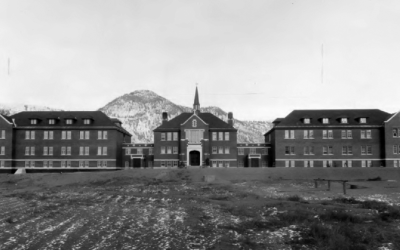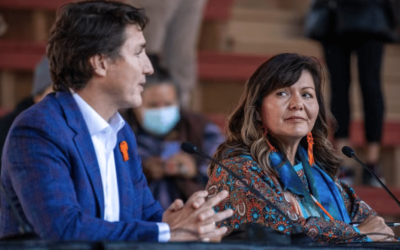Due to passage of the First Nations Financial Transparency Act, systematic data about the compensation of chiefs and councillors are now available. Multiple regression analysis identifies three variables that explain part of the variation in pay:
- More populous First Nations offer higher compensation;
- Better funded First Nation governments, as measured by revenue per capita, offer better pay;
- Alberta First Nations offer higher compensation than those in other provinces.
Much variation, however, remains unexplained and difficult to justify. The authors recommend two measures intended to make compensation of chiefs and councillors more transparent to First Nations members as well as to the general public:
- Distinguish pay for governmental responsibilities from pay for business activities (only six First Nations made this distinction in their 2013-14 reports);
- Develop a standard scale for compensation based on the responsibilities of office and the size and income of the community.
Greater transparency should lead to more efficiency in First Nations government as well as more informed and less acrimonious public debate about compensation.



